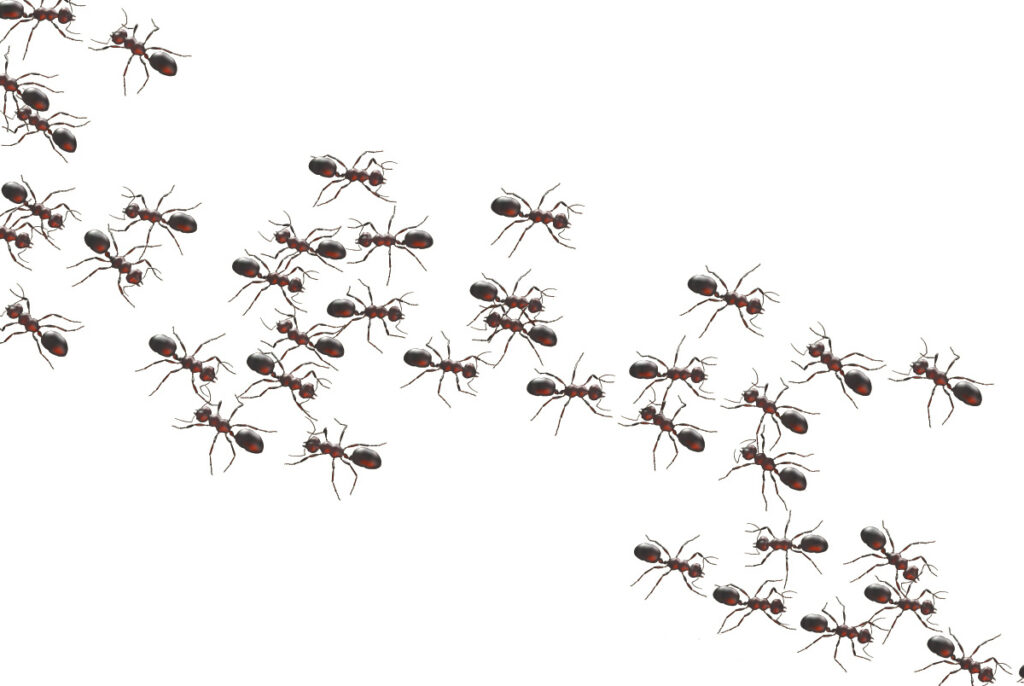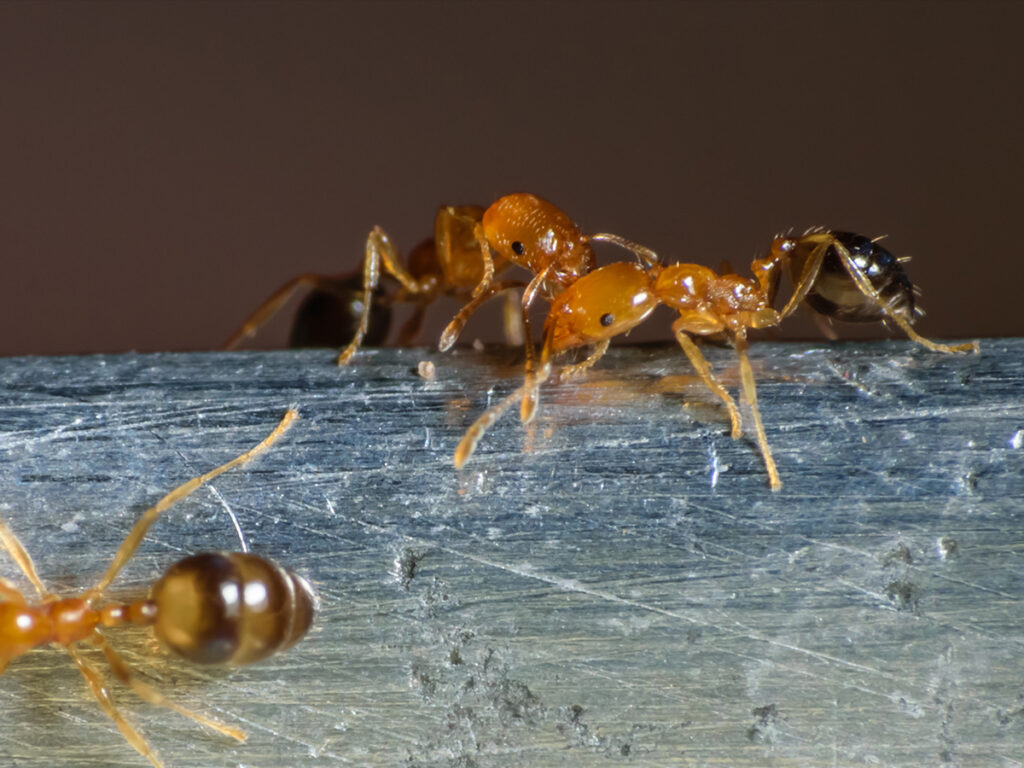Ants Found in California
Ants are some of the most common insect pests—there are more than 700 ant species in the United States.
Pest control companies receive more calls for ant pest control than almost any other kind of pest control. When you see ants scurrying around in a California house or office, they’re probably from one of the following most common species of ants.
Argentine Ants
(Linepithema humile)
Argentine Ants originate from several countries in South America. They’ve traveled to almost every continent in the world, including the United States. Because of that, they’re listed as one of the world’s 100 worst animal invaders. They’re especially prolific in California, where they’ve been wiping out other ant species and establishing a supercolony of their own. Argentine worker ants are a dull brown color and are about an eighth inch long. They emit a musty odor if they are crushed. These ants love sweets, oils, and the buds of some plants. They love the honeydew excretions of aphids and sometimes protect aphids so they can enjoy one of their favorite delicacies.
Carpenter Ants
(Camponotus species)
Carpenter ants are one of the most common types of household ants in the United States. Carpenter ants are so named because they love to nest in wet wood and excavate it into a nest for their brood. Carpenter worker ants are black or black and red and are a fourth inch to a half inch long. They love to eat sweets, honeydew, and other insects. Their main colonies are usually outside the house in dead trees, firewood piles, tree stumps, or fence posts. Their indoor colonies are usually satellite colonies of the outside colonies and are established in window and door frames, subfloors, and hollow doors.
Thief Ants
(Solenopsis molesta)
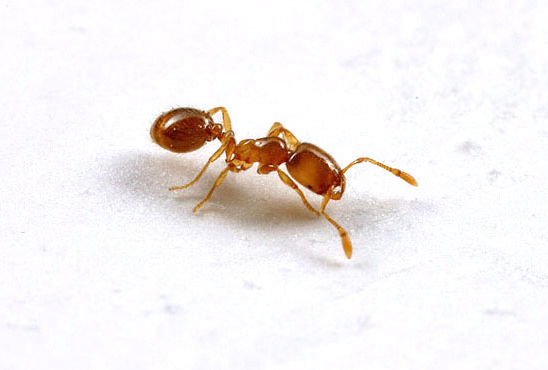
Household ants can be difficult to get rid of. Because they’re so tiny, you never know if you’ve successfully eliminated them or if there are still more nests somewhere in the house. Ants in the yard can cause damage to trees and plants. If the ant population at your house is untamable, it might be time to call ant pest control specialists. They’ll know what to do.
Learn More about Ants at OUr Blog
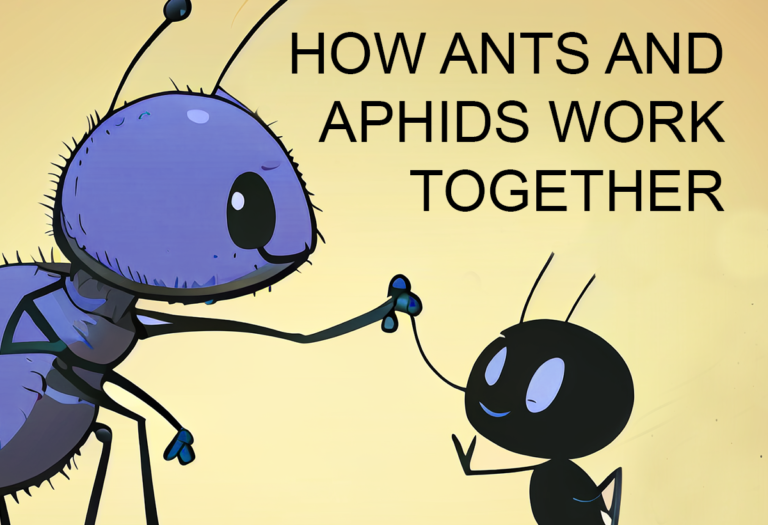
How Ants and Aphids Work Together for Mutual Benefit
How Ants and Aphids Work Together for Mutual Benefit Ants and aphids have a unique and fascinating relationship that has intrigued scientists for years. These two seemingly unrelated insects work
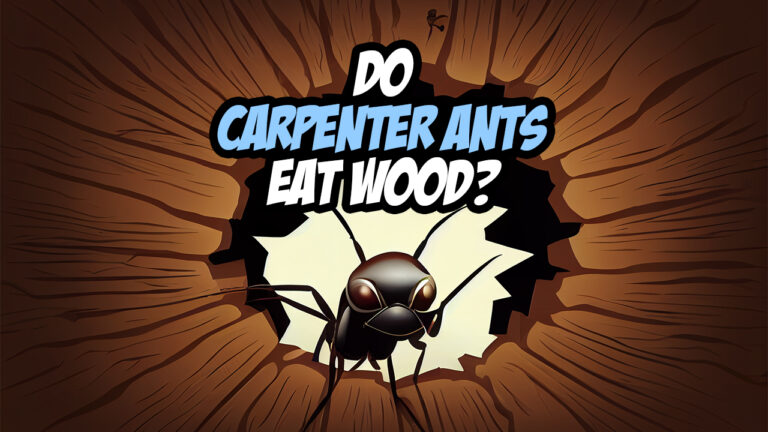
Do Carpenter Ants Eat Wood?
Do Carpenter Ants Eat Wood? No, carpenter ants do not eat wood. They tunnel into wood to create nests. In doing so, carpenter ants remove wood fibers to create galleries
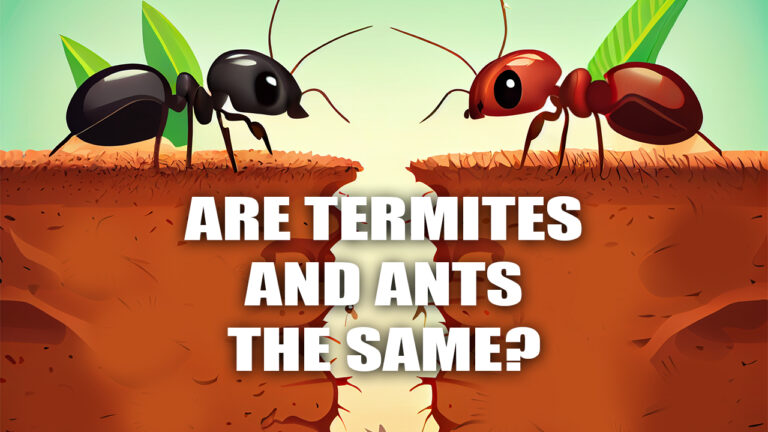
Are termites and ants the same?
Are termites and ants the same? “Are termites ants?” It’s a common question that many homeowners may ask themselves when they suspect an infestation of their home. While both termites
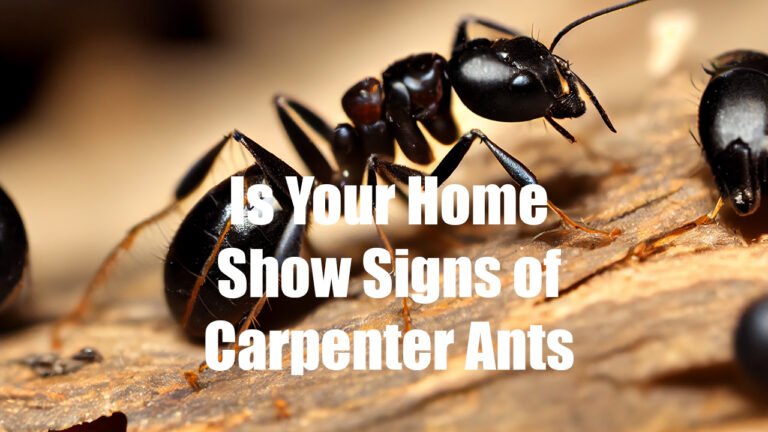
Is Your Home Show Signs of Carpenter Ants?
Is Your Home Show Signs of Carpenter Ants? Carpenter ants are common pests that can infest homes, causing damage to structures and compromising the integrity of your home. These ants

